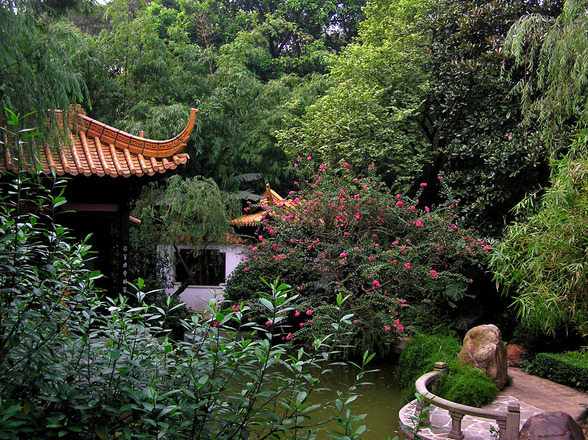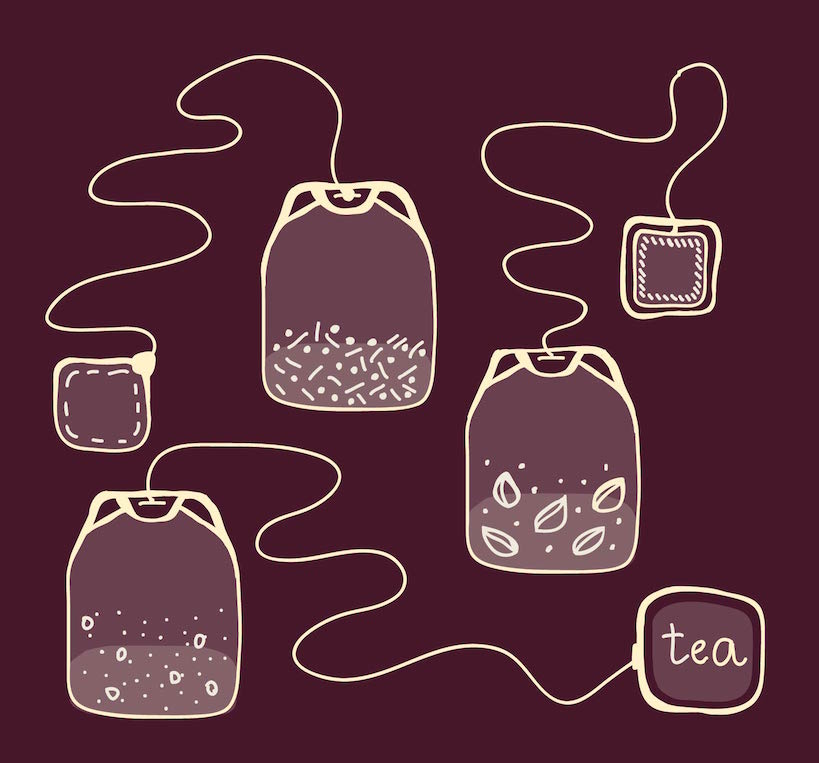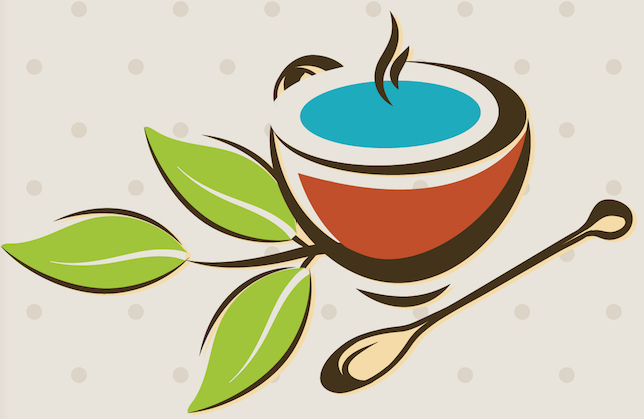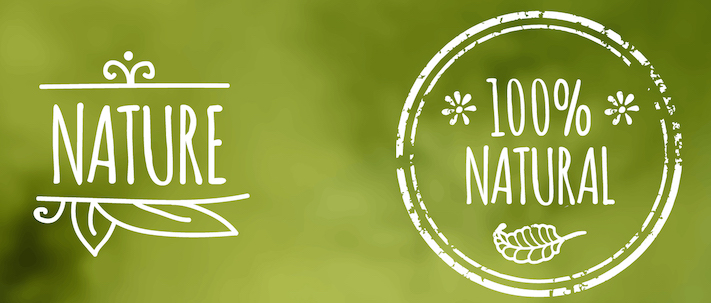Certaines personnes aiment voyager, mais d'autres ne le font pas. C'est pourquoi la lecture peut les amener où ils veulent. Ici, nous voyagerons partout dans le monde.
Quand vous allez ailleurs, vous ne serez pas surpris que beaucoup de choses soient différentes de notre société. En Asie, vous savez probablement déjà que les salutations ne sont pas de simples poignées de main (on le voit dans les films liés à l'Asie). De cette façon, vous ne serez pas étonné si je vous dis que les traditions du thé ne sont pas du tout les mêmes. Aujourd'hui, nous voyagerons dans le monde entier à travers des maisons de thé.

Boire du thé, pour nous, c'est comme boire de l'eau ou du café: c'est surtout une boisson. Ce n'est pas pareil pour certains pays et c'est ce que nous verrons.
En Chine et au Népal, vous pouvez trouver des salons de thé et y entrer. Les gens se rencontrent dans ces endroits pour parler avec d'autres, amis ou non, et pour prendre une tasse de thé. C'est un peu similaire à nos bars, où l'on peut rire comme on veut, discuter et boire de la bière, mais avec des boissons sans alcool (comme le thé, vous l'avez deviné). Il semble que nous pourrions avoir des valeurs différentes en ce qui concerne cela. Tu te souviens quand tu sortais avec ta petite amie ou ton petit ami quand tu t'es rencontré pour la première fois? Vous êtes probablement allé dans des restaurants, des bars ou des théâtres. Mais, si vous étiez chinois, vous l'auriez peut-être fait dans une maison de thé! Aussi, nous savons qu'il y avait eu une cérémonie appelée "cérémonie du thé Gongfu" (vous connaissez probablement la variante la plus commune qui est "kung fu"). Il y a aussi des maisons de thé, un peu comme en Chine, en Corée du Sud. C'est tout à propos de cette partie du monde.
Maintenant, allons au Japon. La tradition nous montre qu'il y a aussi des cérémonies dans les maisons de thé que nous appelons cérémonie du thé japonaise. Maintenant, à l'heure actuelle, nous appelons ces "chashitsu" (littéralement "salon de thé"). Mais, plus tôt dans le temps, à l'époque d'Edo, les Japonais se rendaient à un «ochaya» (qui signifie «maison de thé») soit pour trouver l'intimité pour les couples ou pour se divertir avec la geisha. Mais, ils ne l'utilisent plus pour ça.
A Taïwan, vous pouvez trouver des maisons de thé, où les oolongs seront servis (vous savez, c'est comme les bières ou les cafés, certains sont plus populaires que d'autres, qui sont en quelque sorte rejetés ... les thés blancs pauvres!)
Au Vietnam, les maisons de thé sont plutôt des lieux de retraite au lieu d'où les gens vont discuter.
Près de nous, nous savons tous que le thé a été implanté en Europe, et nous imaginons tous un dicton britannique: «Voulez-vous du thé?» Mais ils n'ont pas les mêmes traditions qu'en Asie, c'est beaucoup plus un passe-temps qu'une tradition . Ce passe-temps a traversé les pays du Commonwealth (ici, au Canada) et est devenu très populaire.
Maintenant, nous pouvons les trouver partout avec des variantes comme en France, dans un "salon de thé", où vous trouverez des pâtisseries et des cupcakes. Ils l'ont fait à leur manière. Il y en a en Allemagne, en République tchèque, en Lettonie, etc. Cette tradition s'est répandue partout dans le monde, comme la neige sur le sol en hiver.




